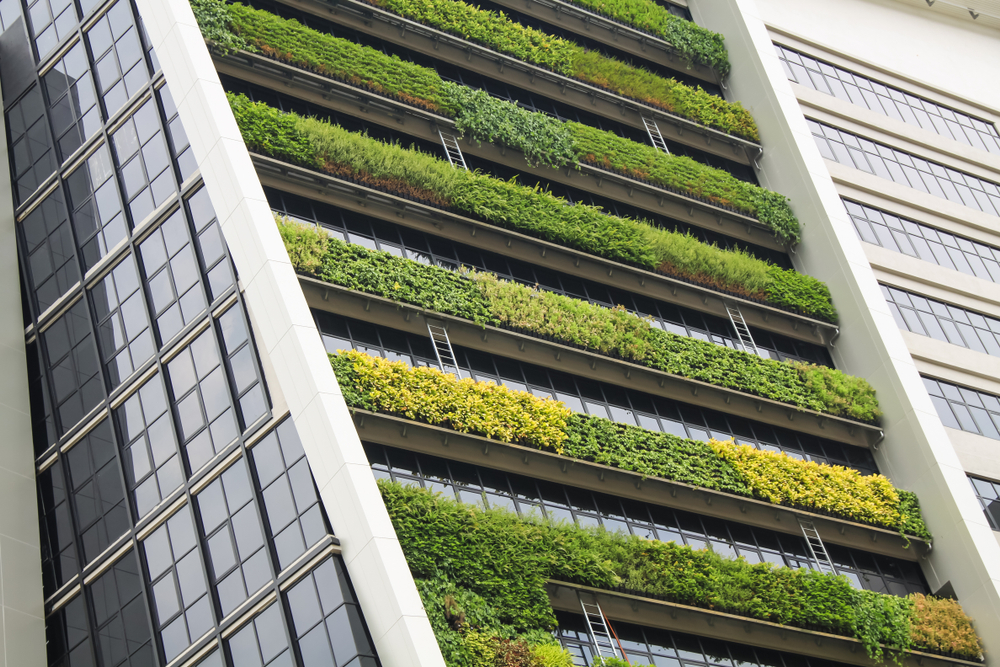
The Australian Capital Territory (ACT) government has launched its highly anticipated Sustainable Building Pathway, a comprehensive 10-year program aimed at propelling the territory towards international best practices in environmentally sustainable and climate-resilient buildings.
The Pathway outlines clear objectives and guidance for the sector, fostering collaboration between the government, the building and construction industry, and the community to achieve climate readiness.
Designed as a dynamic document, it will be continuously adapted as sustainable building benchmarks evolve.
The Pathway is structured around three main focus areas:
- Ensuring Future-Fit Buildings
- Designing climate-resilient structures
- Implementing circular economy principles
- Maintaining indoor environment quality
- Preserving biodiversity
- Reducing Energy Use and Emissions
- Improving energy performance
- Eliminating fossil gas use
- Reducing emissions from refrigerants
- Decreasing embodied carbon
- Collaborative Progress
- Driving sustainable practices and innovation
- Developing a skilled workforce
- Addressing market failures
- Enhancing supply chain resilience
Davina Rooney, CEO of the Green Building Council of Australia, commended the ACT Government on the Pathway’s release.
“We’re excited to work with the ACT government and industry to seize the opportunities identified for making the ACT’s homes and buildings more sustainable,” Rooney stated.
She emphasised the need for accelerated action, noting: “While there are many examples of sustainable, climate-ready homes and buildings in the ACT and across Australia, we must move faster and on a greater scale.”
The Sustainable Building Pathway aligns with other key ACT initiatives, including the ACT Climate Change Strategy 2022-25 and the recently released Integrated Energy Plan.
This integration ensures a cohesive approach to the territory’s sustainability goals.
Minister for Sustainable Building and Construction Rebecca Vassarotti highlighted the potential benefits of the Pathway, stating that for many Canberrans, it could mean up to 70 per cent less energy use in their homes and significant savings on energy bills.
The Pathway also aims to address the challenges of Canberra’s climate, making homes more comfortable year-round.
“This plan will set in motion a building system made for Canberrans by Canberrans so that homes built here are ready to adapt to our climate,” Vassarotti explained.
As the ACT moves forward with this ambitious plan, the government, industry, and community will need to work closely together to realise the vision of a more sustainable and climate-resilient built environment for Canberra’s future.






